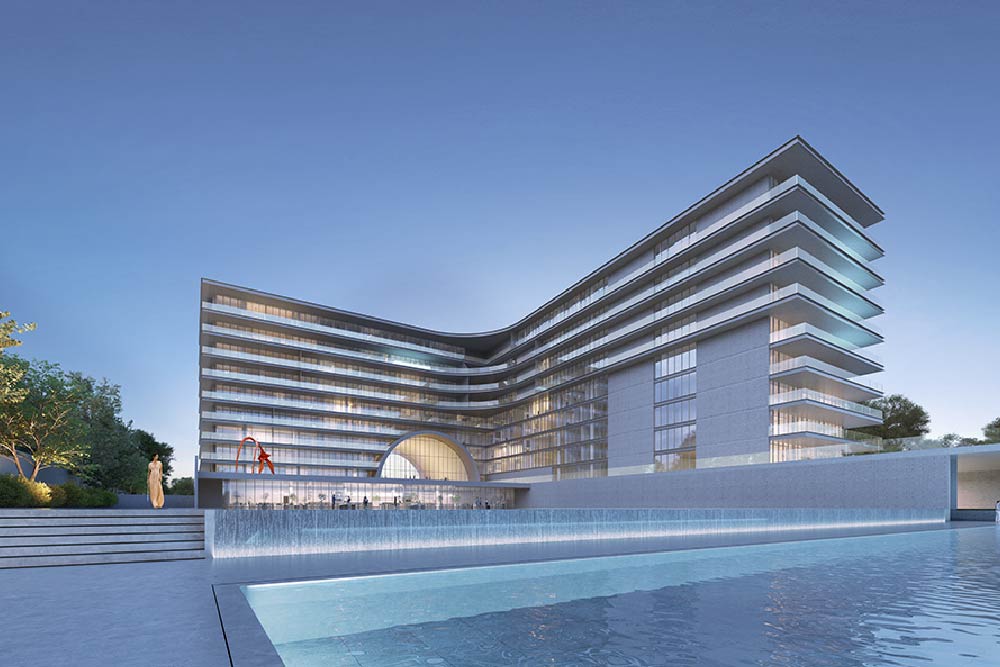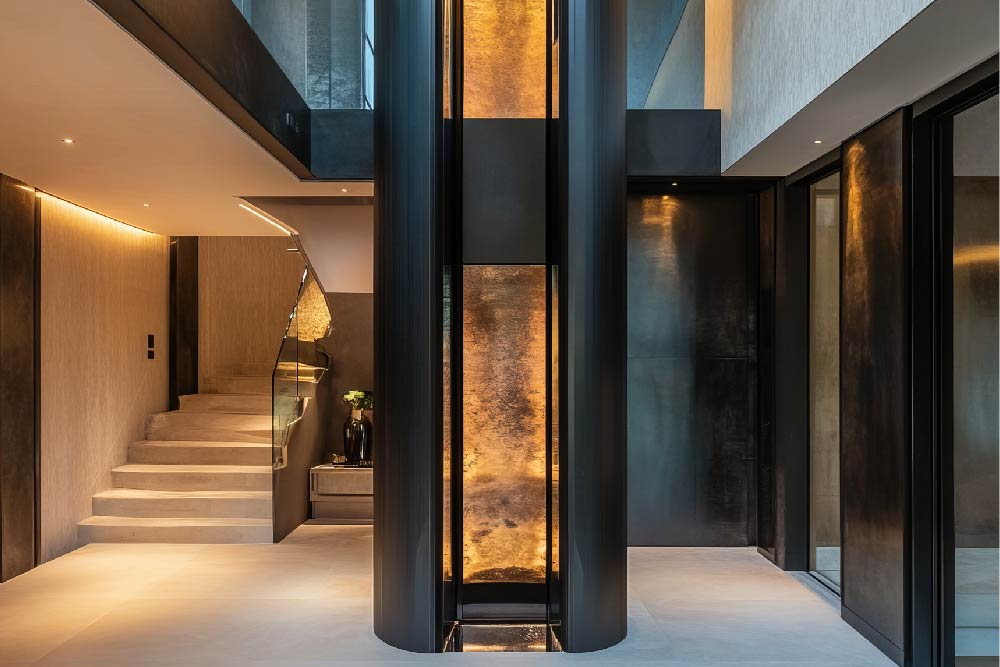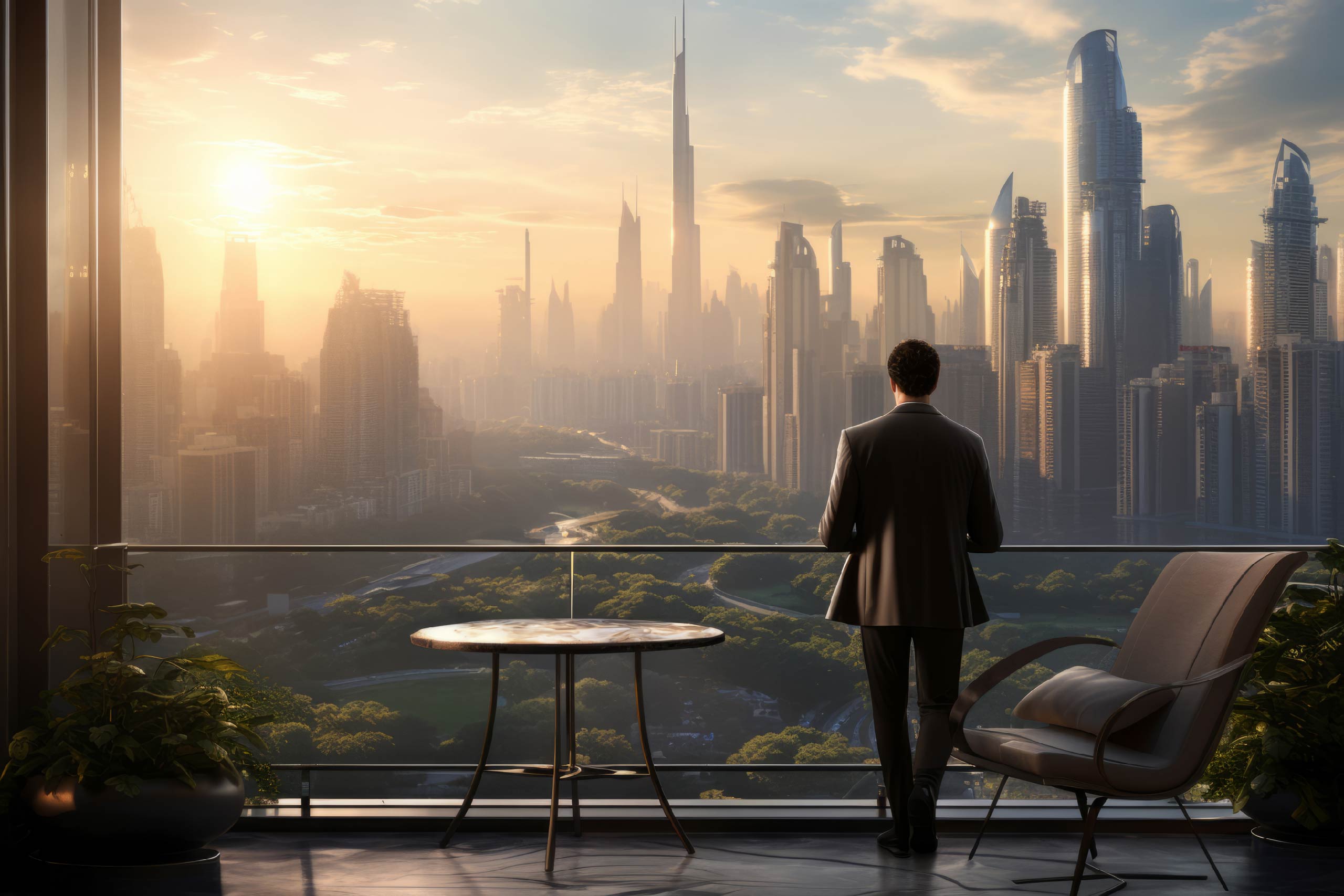
In a globalised investment landscape, cross-border real estate has emerged as a reliable vehicle for wealth diversification. Increasingly, high-net-worth individuals (HNWIs) are looking beyond domestic markets to access more resilient currencies, stable rental yields, and stronger legal protections.
However, international property investment from India comes with a different set of rules, both financial and legal. Navigating these intricacies of international property acquisitions requires meticulous planning and informed decision-making.
To understand why global real estate for HNWIs continues to attract Indian investors, it’s essential to first examine the key drivers behind this growing appetite for cross-border investments.
The Appeal of International Real Estate
Indian UHNIs are rapidly expanding their investment horizons. According to Knight Frank’s The Wealth Report 2024, 32% of Indian UHNIs are considering property investments in global gateway cities (The Economic Times). This shift is not driven solely by returns—it reflects a broader strategy to diversify wealth.
While Indian luxury real estate continues to see strong domestic momentum, cross-border real estate investments offer distinct strategic advantages. These include
- Currency hedging: Holding assets in foreign currency mitigates INR depreciation and enhances portfolio stability.
- Geographic diversification: Allocating assets across developed markets such as the UK, UAE, Hong Kong, and Singapore spreads portfolio risk and unlocks new return profiles.
- Lifestyle and access: Properties in key locations often offer residency benefits, better infrastructure, or simply greater prestige and convenience for frequent travellers.
As this appetite grows, so does the need for informed planning. The next critical step for investors is to understand the legal and financial requirements for overseas property ownership.
Legal Considerations
Every international real estate market operates within its own set of legal frameworks, investment permissions, and ownership regulations. Understanding these frameworks is foundational for safeguarding both capital and ownership rights.
- Ownership restrictions: Not all jurisdictions offer full ownership to foreign investors. Dubai stands out as a favourable destination, offering 100% freehold rights to foreign nationals across designated zones, backed by a transparent regulatory regime and strong property laws (DAMAC).
- Property title and due diligence: It’s important to ensure the property has a clear title, appropriate land use permissions, and no legal encumbrances.
- Local compliance: Laws around Anti-Money Laundering (AML) disclosures, legal representation, and property registration differ widely. AML frameworks require the declaration of the source of funds and adherence to identity verification protocols.
- Dispute mechanisms: Being aware of the available legal remedies in the event of a dispute is equally important, including local courts and international arbitration frameworks.
Financial Considerations
A strong financial plan is essential when investing across borders. Even a high-yield property can lose its appeal if poorly structured. Here are the key financial elements you must assess:
- Purchase structuring: Whether you invest in your name, through an offshore company, or a trust can significantly impact taxation and succession.
- Loan eligibility: Some countries allow foreign nationals to secure mortgages, but interest rates, down payment requirements, and approvals can differ sharply.
- Tax implications: Understand how both countries handle property taxes, capital gains, and inheritance. Check if a Double Taxation Avoidance Agreement (DTAA) exists between India and the host country.
- Repatriation norms: : Ensure you’re allowed to bring back rental income or sales proceeds. For Indian investors, the Reserve Bank of India’s Liberalised Remittance Scheme (LRS) regulates this flow.
Countries with Favourable Frameworks for Indians
Some destinations are more accommodating to Indian investors due to longstanding economic ties or regulatory clarity. These include:
- UAE: No property tax, easy mortgage access, and long-term visa opportunities.
- UK: Freehold access for foreign buyers, strong legal protection, and DTAA benefits.
- Hong Kong: Transparent land ownership norms and attractive taxation policies.
- Singapore:High transparency and a stable regulatory environment, though with premium pricing.
Each market operates under its own set of legal and financial requirements for overseas property. Aligning your destination with your investment priorities—whether yield, capital growth, or lifestyle access—is key to making the right move.
Cross-border real estate, when approached with strategic clarity, can become a powerful extension of your wealth portfolio. From legal due diligence and tax structuring to market selection and risk planning, every aspect demands precision. With the right partners and a research-led approach, Indian HNWIs can unlock global opportunities with confidence and control.
At SQUAREA, we specialize in guiding investors through the intricacies of international property investment from India. Our team of experts provides tailored advice to ensure your investments align with your financial goals and comply with all legal requirements. For personalised assistance, contact us at hello@squarea.io or call +91 90 9641 9641. Let’s explore global real estate for HNWIs together!




